Ancient Greek sculptures were colourful. Why does the white marble ideal persist?
For most people today, ancient Greek sculpture brings to mind images of pearly white human figures. Yet, ever since the first excavations of Pompeii in the 17th century, archeologists have known that these sculptures were painted in vivid colours. The German archeologists Vinzenz Brinkmann and Ulrike Koch-Brinkmann have been studying the polychromatic nature of ancient Greek sculptures for some four decades – a process that involves research through reconstruction. In this short film from the Metropolitan Museum of Art in New York, Brinkmann discusses their process, and why the visual code of white antique marble persists today.
Video by the Metropolitan Museum of Art
Directors: Sarah Cowan, Jonathan Sanden

video
Meaning and the good life
Why strive? Stephen Fry reads Nick Cave’s letter on the threat of computed creativity
5 minutes

video
Human rights and justice
‘I know that change is possible’ – a Deaf prison chaplain’s gospel of hope
18 minutes
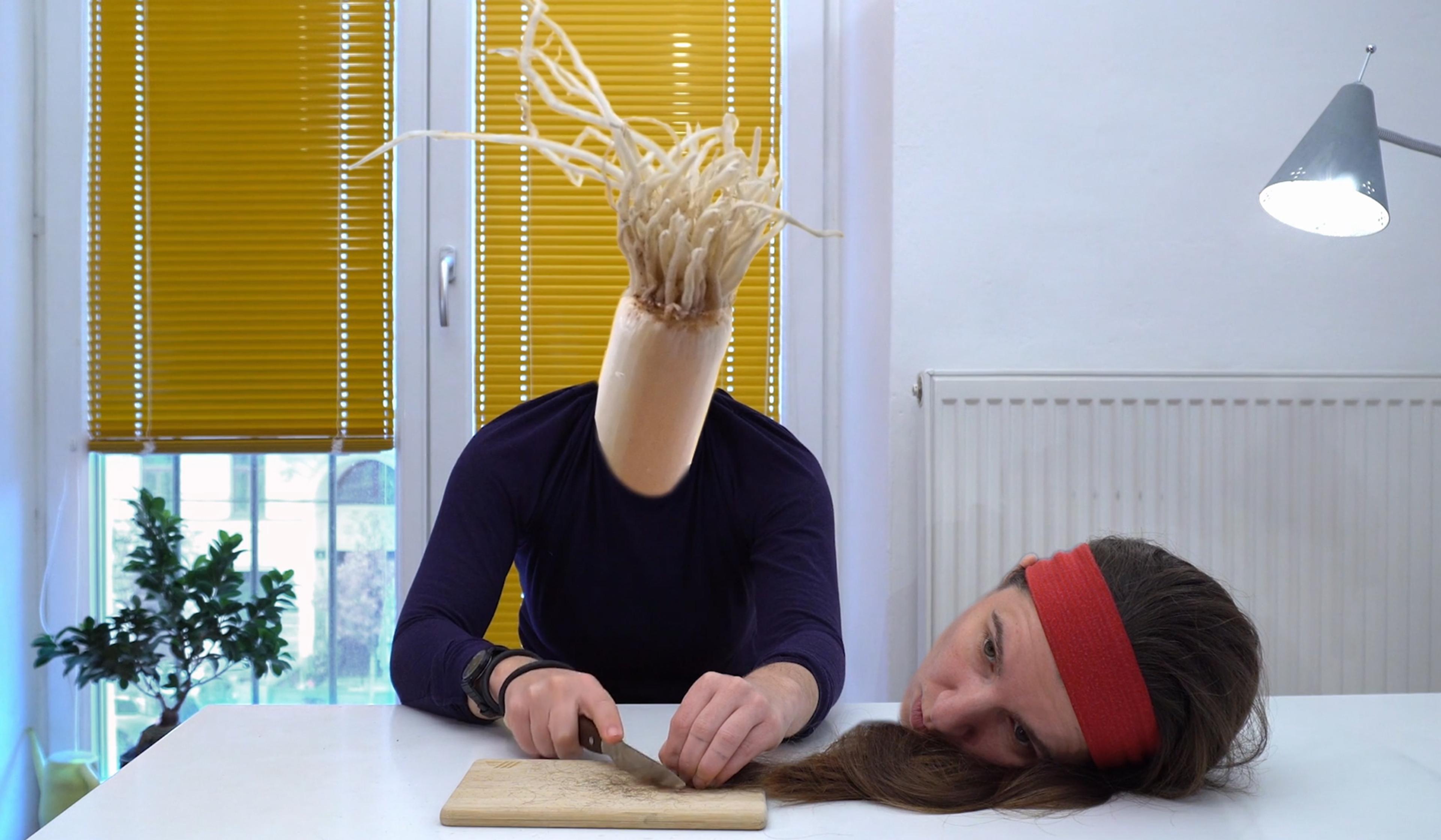
video
Technology and the self
An artist swaps her head with everyday objects in a musing on consumerism
4 minutes
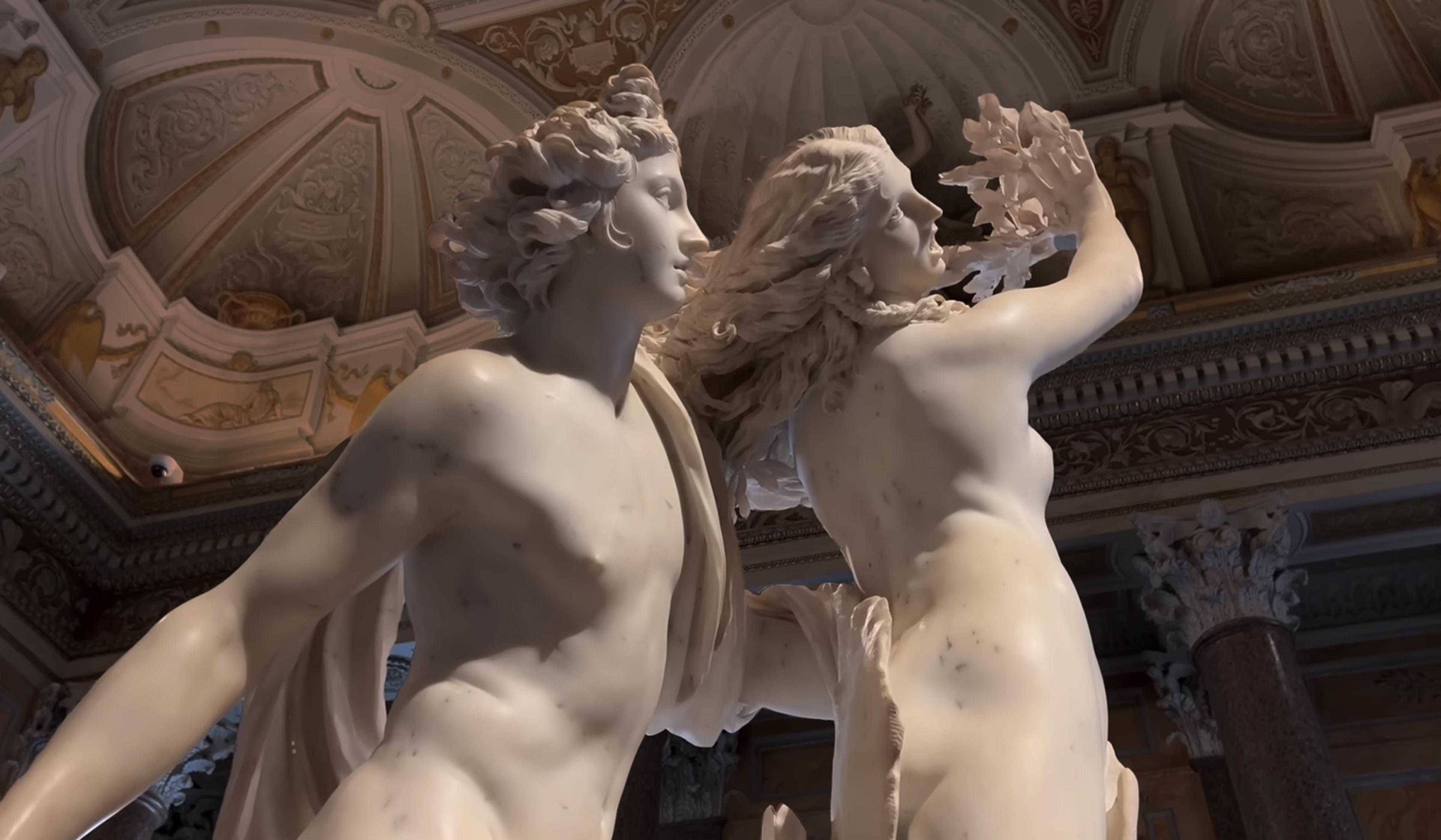
video
Art
The overlooked polymath whose theatrical oeuvre made all of Rome a stage
30 minutes

video
Film and visual culture
An augmented-reality filter reveals the hidden movements all around us
7 minutes

video
Beauty and aesthetics
The grit of cacti and the drumbeat of time shape a sculptor’s life philosophy
11 minutes
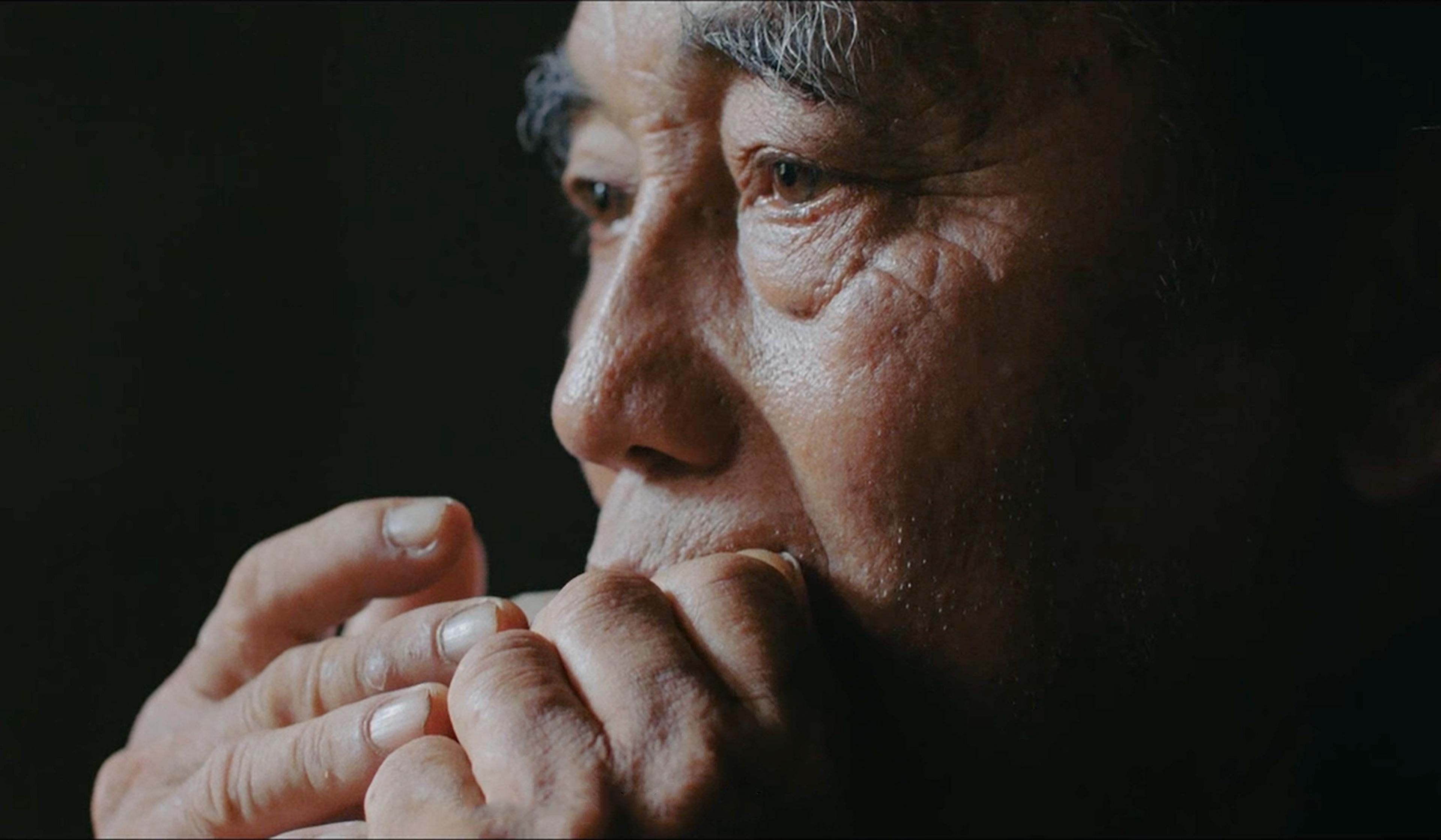
video
Language and linguistics
Messages born of melody – hear the whistled language of the Hmong people
18 minutes
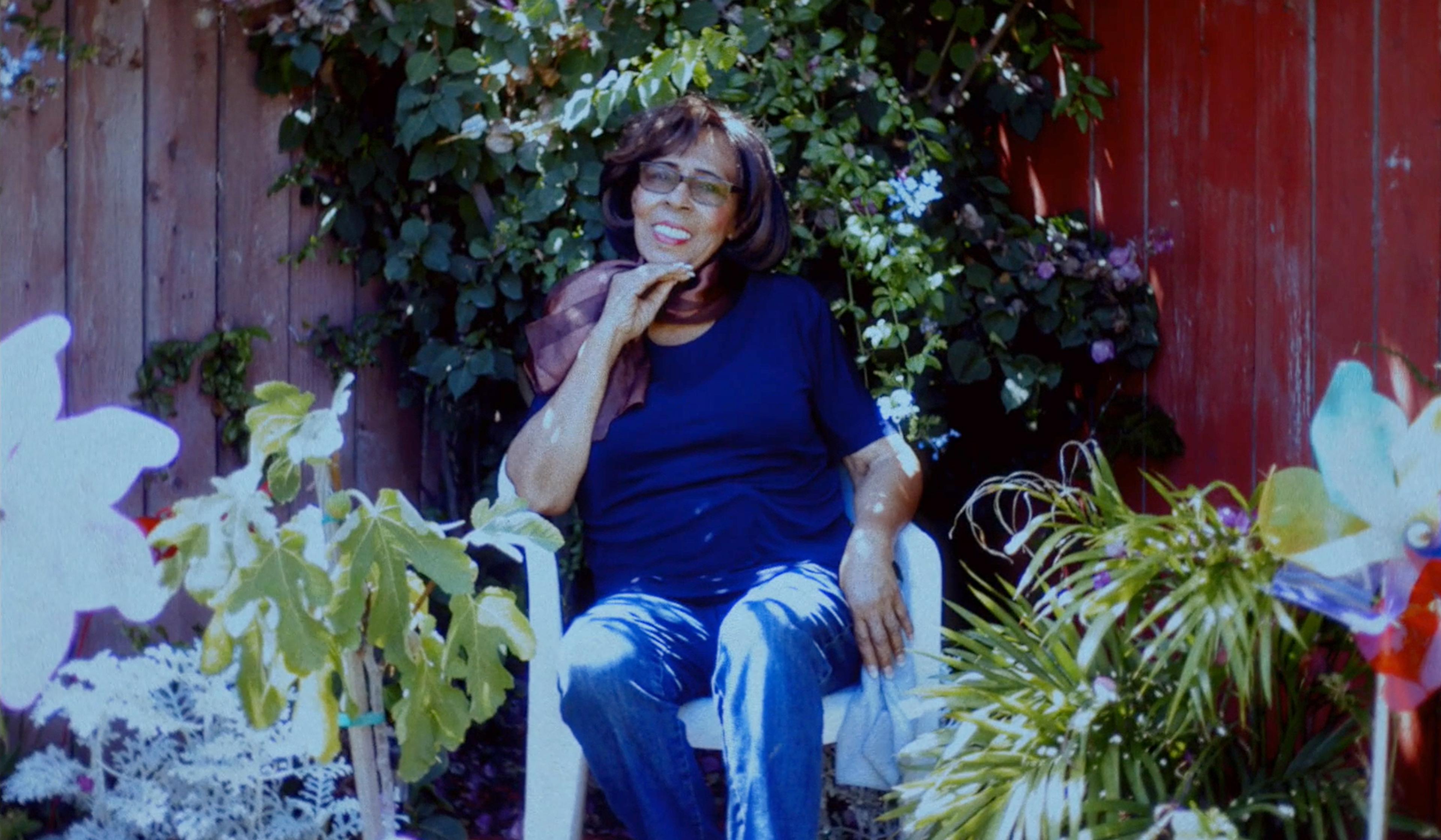
video
Biography and memoir
A gentle soul in an oppressive land – Bonnie’s story of life in America
11 minutes
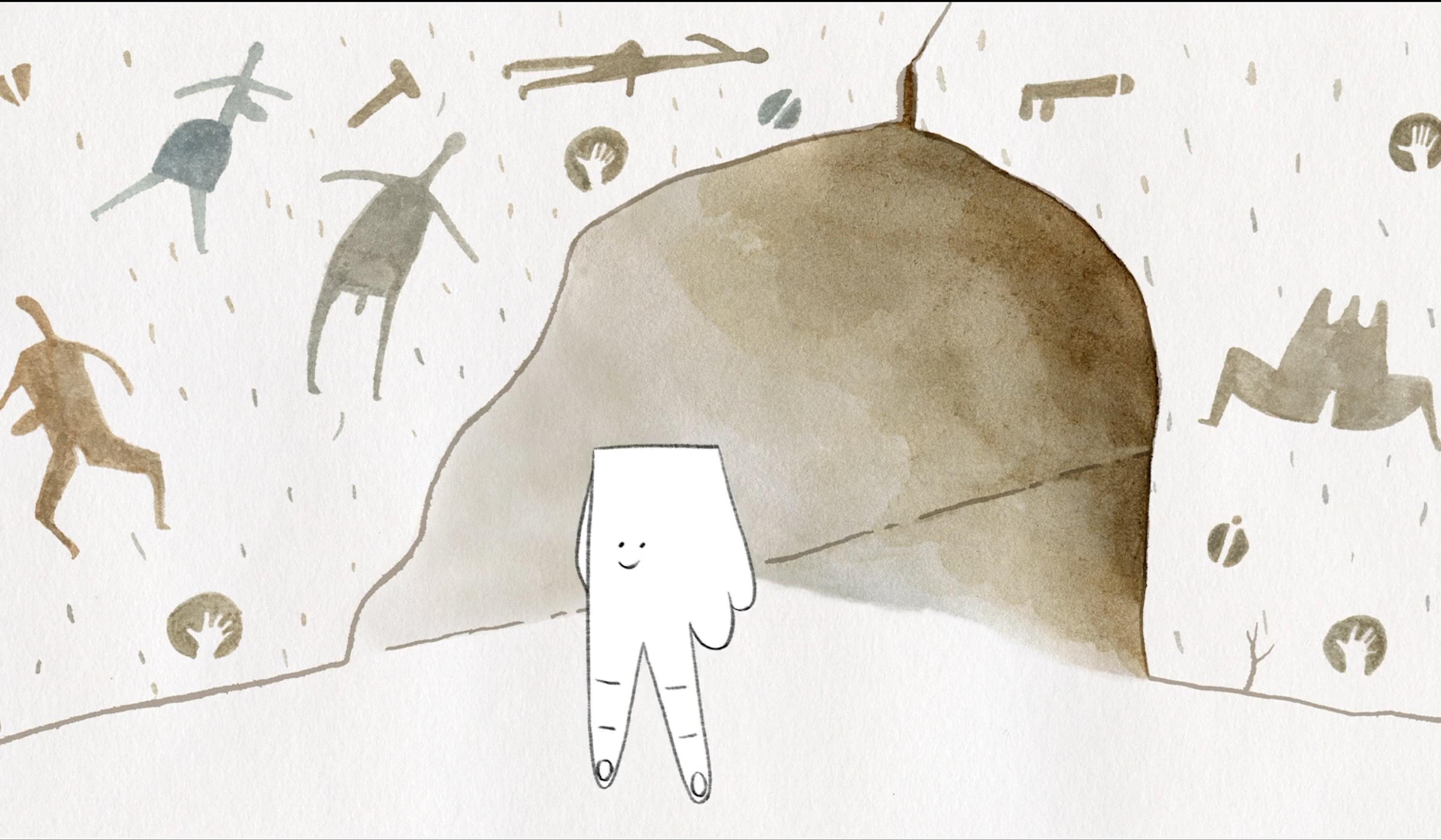
video
Sex and sexuality
For ages, solo sex was hardly taboo. What led to its centuries-long dry spell?
4 minutes